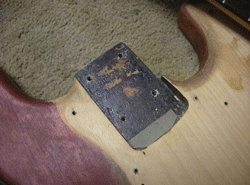Search
Latest Stories
Start your day right!
Get latest updates and insights delivered to your inbox.
trials-bass-resurrection-tribulations-discuss-purchase-disaster-glance-first-assessment-before-sale-luthiers-experimentation-ham-fisted-wannabe
Don’t Miss Out
Get the latest updates and insights delivered to your inbox.
Recent
load more
